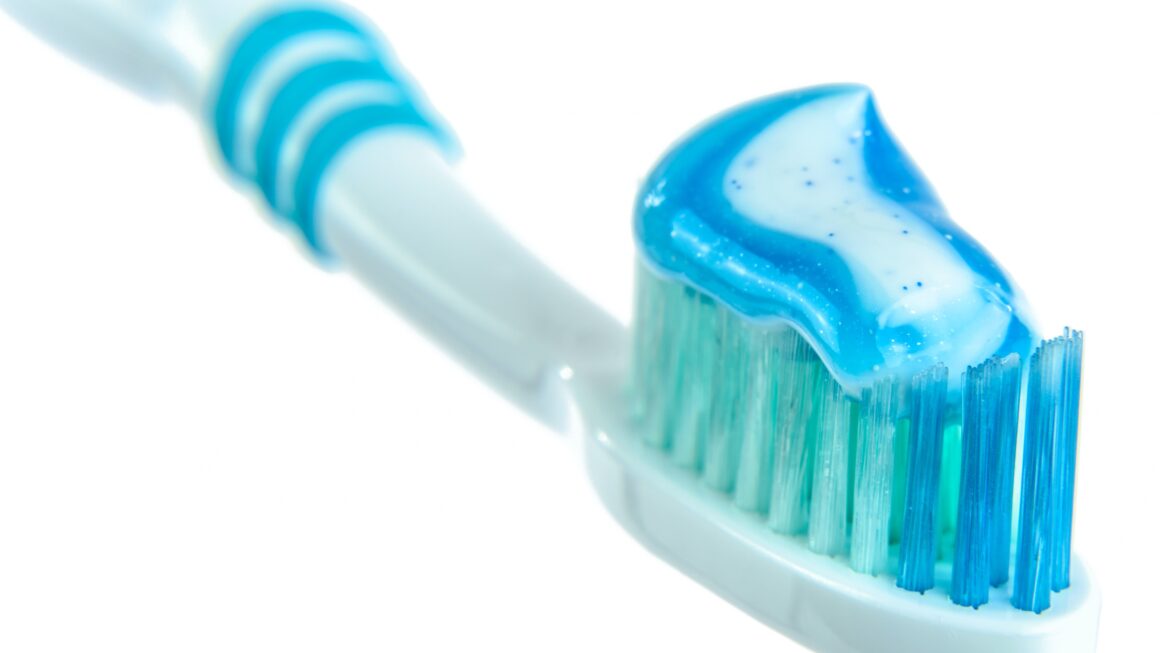This post may contain affiliate links, please see my disclosure policy to learn more.
If you’re like most people, you probably enjoy having plants in your home. They make your space look more beautiful and inviting. However, not all plants are suited for indoor living. In fact, there are a few plants that you should never bring into your home. Find out why these 8 plants may not belong inside.
English Ivy
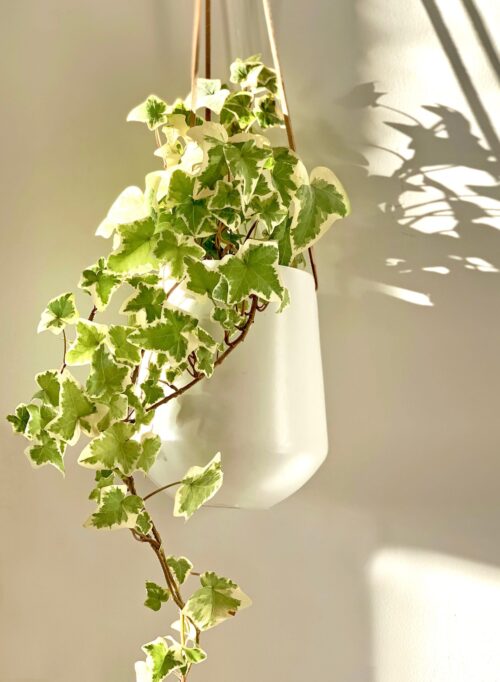
English Ivy is a popular houseplant, but it’s also one of the plants you should never bring into your home. The plant may cause an allergic skin reaction in some individuals, resulting in itching, a rash, or blisters. English Ivy can also cause respiratory problems in both humans and pets. It is also poisonous to pets, if they consume it, it can cause breathing issues, paralysis, or coma. For these reasons, it’s best to avoid English Ivy.
Oleander
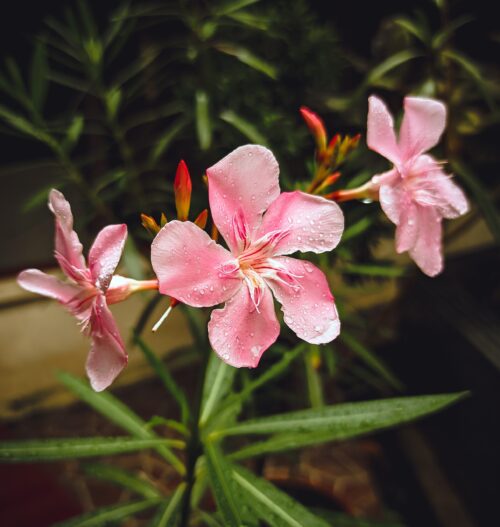
Oleander is a highly visible plant with lovely pink blooms. However, it can also be dangerous. The plant is quite poisonous, and even a single leaf may be harmful to you or your pets. If you consume any part of the plant, it can cause vomiting, diarrhea, tremors, and even death. So, while Oleander may be beautiful to look at, it’s best to avoid it altogether.
Bonsai Trees
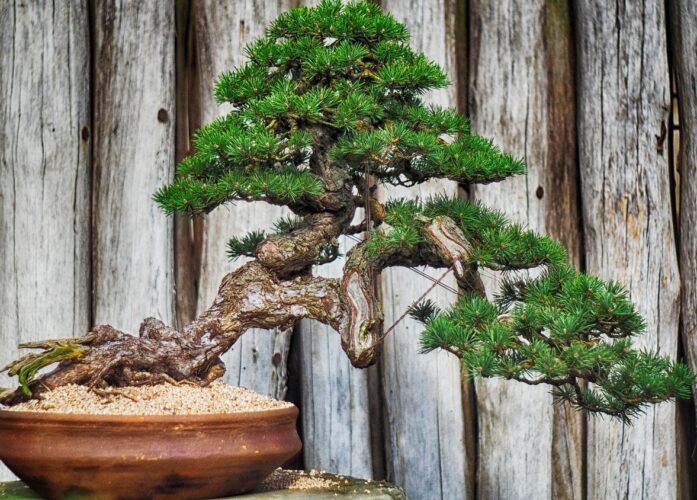
Bonsai trees are a popular choice for indoor plants, but they’re also one of the plants you should avoid bringing home. The problem is the plant is extremely irritating to those who are allergic to trees. Even if you don’t have allergies, be cautious when watering or trimming them. The tree produces a sap that can cause skin irritation, redness, and swelling. So, if you’re prone to allergies or have sensitive skin, it’s best to avoid bonsai trees.
Boston Fern
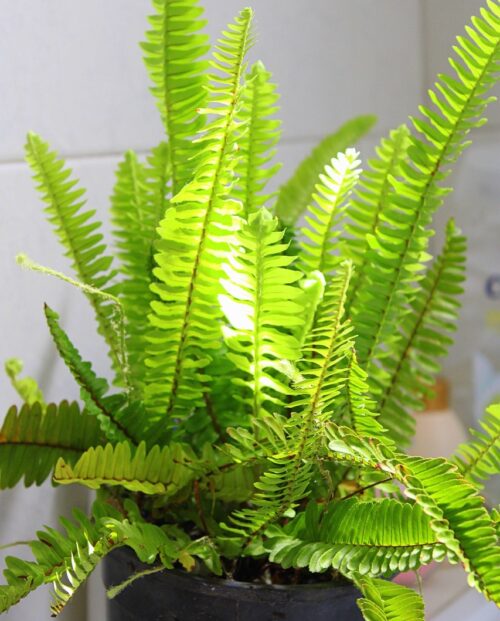
Boston Ferns are a popular choice for indoor plants because they’re easy to care for, and they add some greenery to your space. However, they’re also one of the plants you should avoid bringing into your home. The problem with Boston Ferns is they can become moldy very quickly if not given enough water or humidity. If you’re not careful, the mold can cause respiratory problems in susceptible individuals. So, it’s best to avoid Boston Ferns if you have allergies or asthma.
Dumb Cane
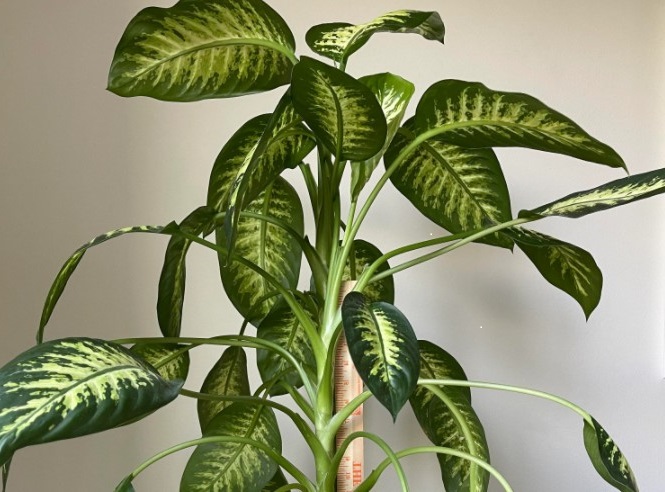
Dumb Cane is one of a kind, but it isn’t the sort of houseplant you want to have in your home if you have pets. If your pet consumes it, he or she may develop mild swelling and burning of the mouth to difficulty breathing or even death as a result of the calcium oxalate crystals. So, if you have pets, it’s best to avoid Dumb Cane.
Lily
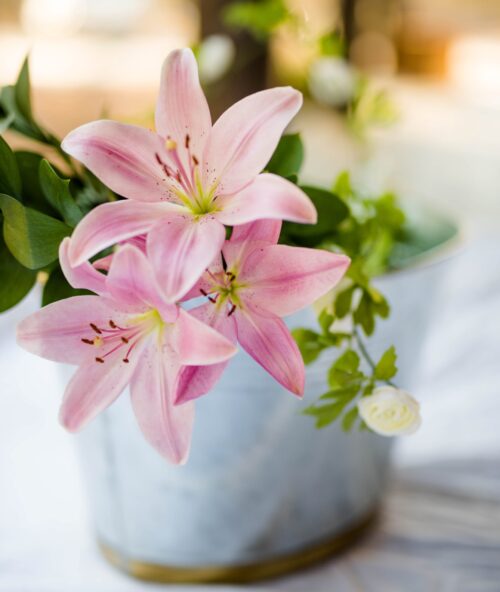
Lilies are beautiful flowers that grow both indoors and outdoors. Some lilies are completely safe to cultivate indoors, while others may be severely toxic, especially to cats. Cats are unable to tolerate any part of the lily plant and will experience vomiting, tiredness, and hunger. If not treated swiftly, it can lead to death. It might cause stomach discomfort, vomiting, headache, skin rashes, or vision problems in people. If you have no idea what type of lily your home contains, it’s best to avoid them.
Caladium
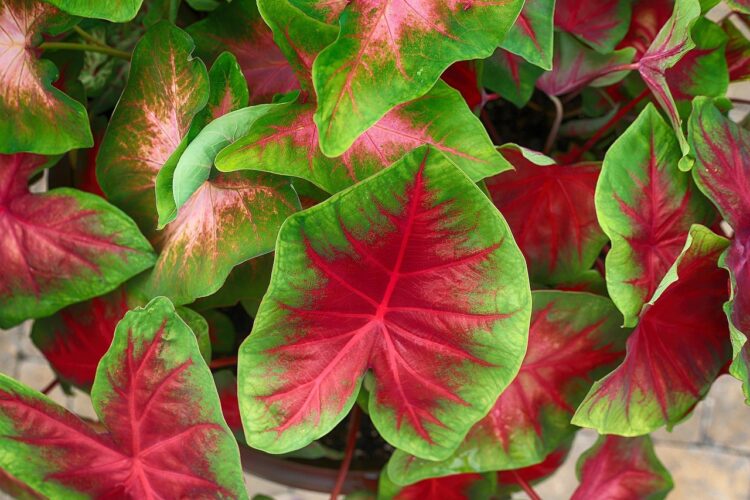
Caladium is a popular houseplant for outdoor landscaping, often known as elephant’s ears or angel’s wings. It comes in a variety of hues, including red, pink, and white, and is frequently employed to add color to the house garden or patio. The major issue is that all of the caladium plant’s parts are hazardous to humans and animals. Even a tiny quantity ingested can result in mouth, lip, tongue, throat, and neck burning and swelling. It can also induce breathing problems and, in the most severe situations, restricted airways that might result in death. If you have animals or small children, it’s best to avoid caladium.
Philodendron
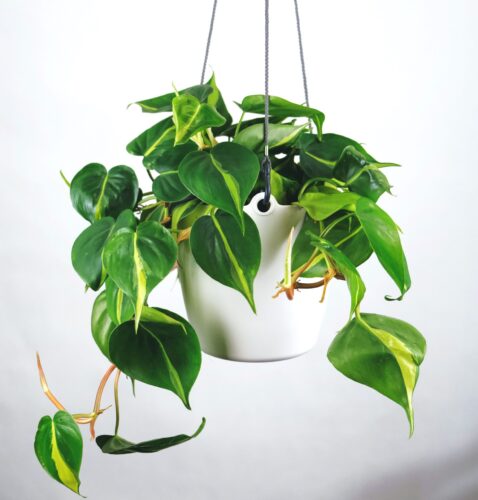
Philodendrons are one of the most common houseplants, they come in a variety of shapes and sizes. They’re often used as climbing plants or ground covers. While they’re not as poisonous as some of the other plants on this list, they can still cause skin irritation, burning, and swelling if you come into contact with their sap. So, if you have sensitive skin, it’s best to avoid philodendrons or wear gloves when working with them.
*There are a number of plants you should avoid bringing into your home if you want to keep yourself and your loved ones safe. Some, like Oleander and Bonsai trees, can cause skin irritation or respiratory problems. Others, like the Lily and Caladium, are poisonous and can result in death if ingested by animals or humans. So, before you bring any new plants into your home, be sure to do your research, so you know which ones are safe and which ones to avoid.


